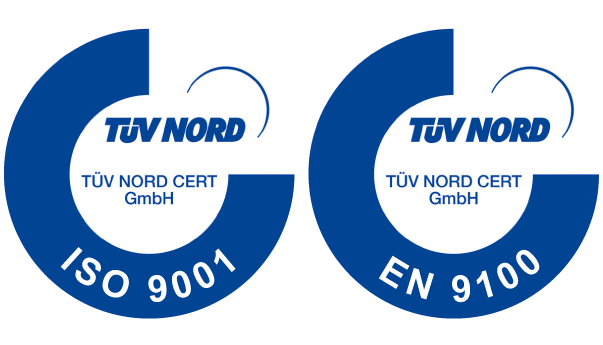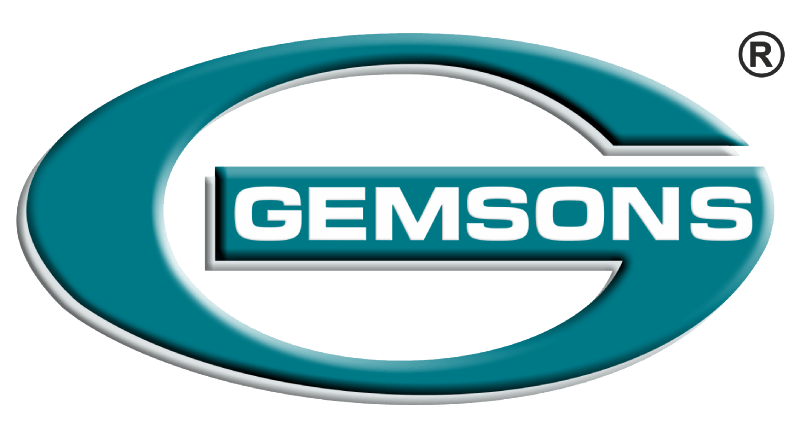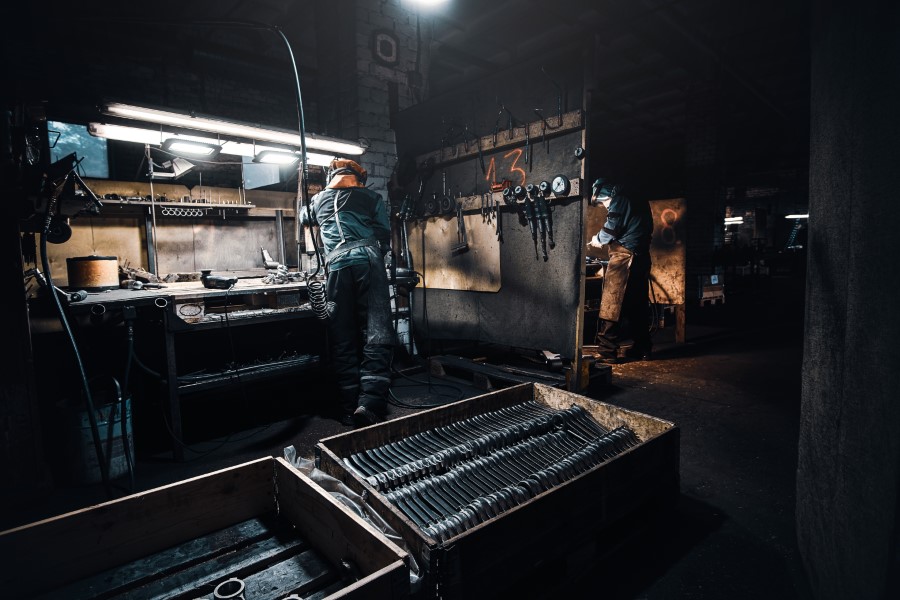When it comes to producing complex parts and components, investment casting is one possibility. To design and build the required workpieces, there are many particular procedures to follow. Because the workpieces are produced around a shelled casting, once the workpieces have been poured into the mold and hardened, it is given this name.
Creating the Die/Pattern
The initial stage in the procedure is to produce the required workpiece’s die or pattern. Wax is used to create the design. It is injected into a die, by hand from a wax block, using the appropriate wax material with a 3D printer.
Mounting the Wax Patterns
Creating numerous wax patterns and connecting them to a gate mechanism is the process of investment casting tooling. Metal or other materials put into this equipment produces the required workpieces ultimately.
Tree Assembly
The tree assembly completes the wax pattern installation on the gate mechanism. It’s termed a tree because each wax design is a branch that will come together to form one finished product after the process is completed. You may have seen tree assemblies in modern board games that need the removal of parts before use.
Shell Molding
After you have put the tree together, you will need to add the shelled casting around it. First, immerse the tree immersed in a ceramic slurry. Then immerse into a thin sand stucco. Before using the moulding, it must completely dry. Repeat these two processes until the mould is thick enough to withstand the pressures of casting.
Wax Removal
It is important to remove the wax patterns before the appropriate material can be put into the freshly shelled mould. You can achieve this by heating the wax in an oven. The wax may also be heated using steam. The mould is turned upside down to allow the liquid wax to drain and be reused to make fresh wax designs.
A different method of wax removal is to heat the wax until it burns off and is completely removed from the shelled casting.
Mould Casting
There will be vacant areas within the shelled casting in the shape of the traditional wax designs once the wax has been removed. The casting is filled with molten metal or a similar liquid substance. The material is kept in the casting until it has cooled and solidified completely.
Removing the Shelled Casting
The shelled casting is removed with a hammer or other instrument until just the original tree remains. The completed workpieces will now be mounted to the tree instead of the wax patterns. The workpieces are gently cut off the tree once the casting has been removed.
Finishing Operations
Each workpiece requires a thorough examination for flaws. If any are discovered, they are thrown away, and the material is recycled. The application of various finishing techniques on the workpieces is the last stage in the investment casting process. Large volumes or complex workpieces requiring precise features are ideal for investment casting tooling. The manufacturing stages vary depending on the intricacy of the workpieces being produced.



Recent Comments